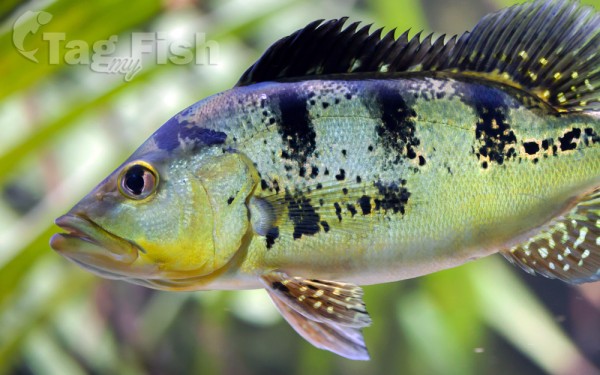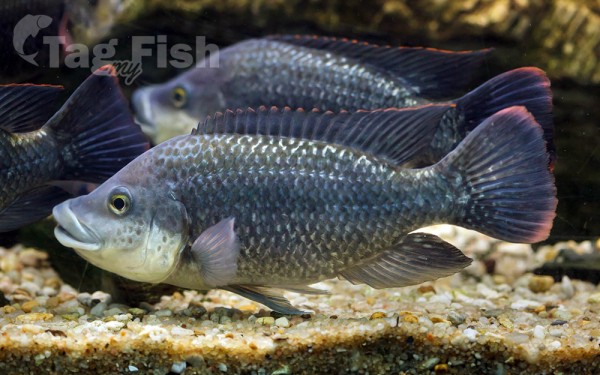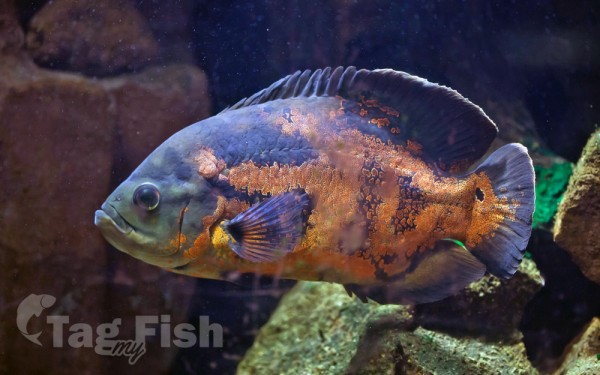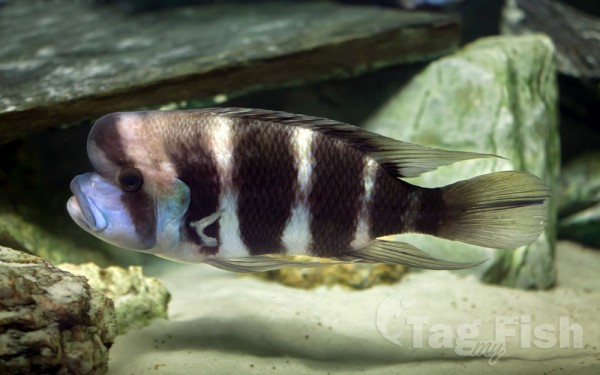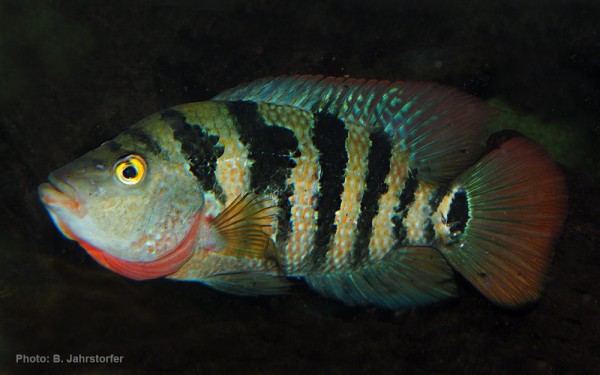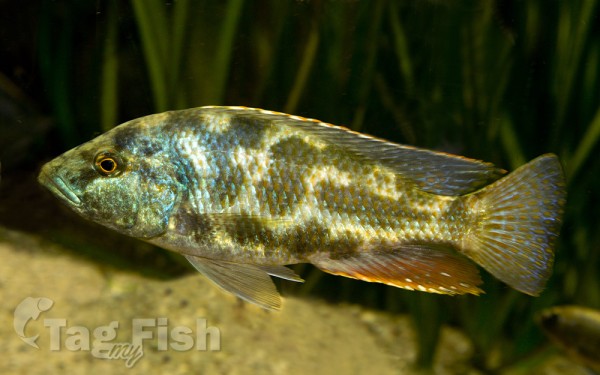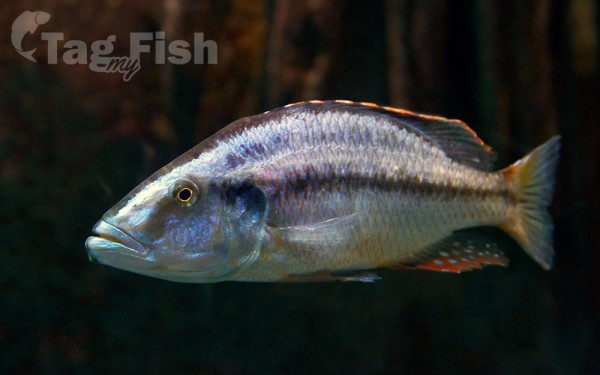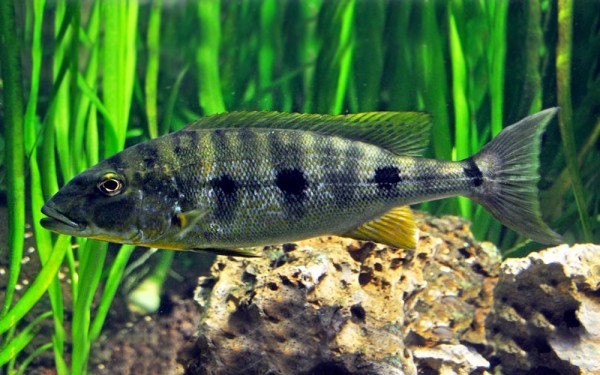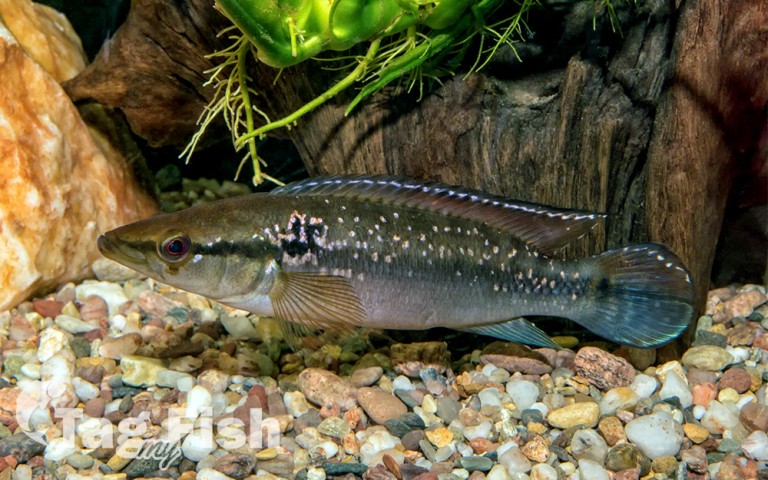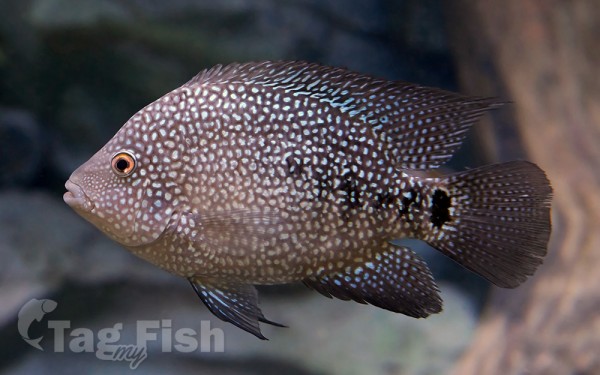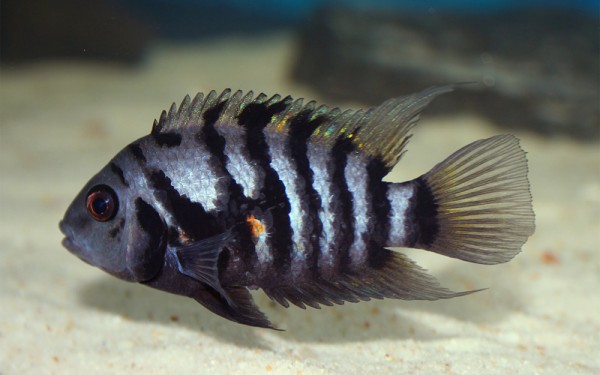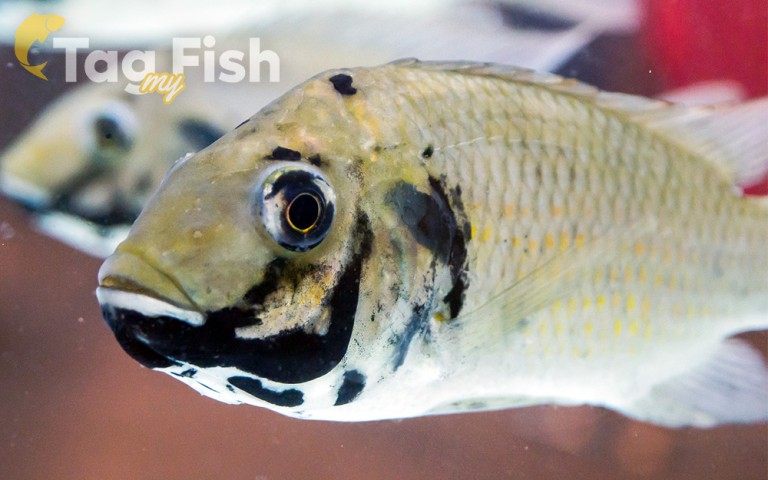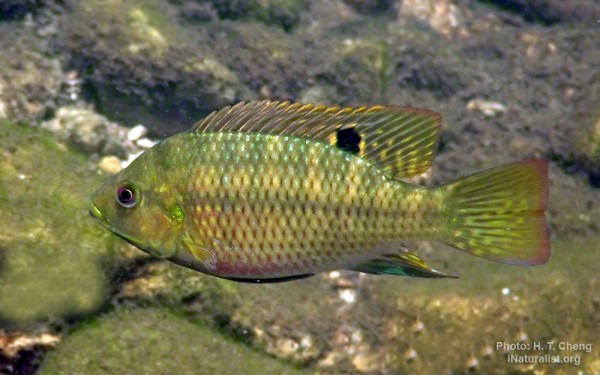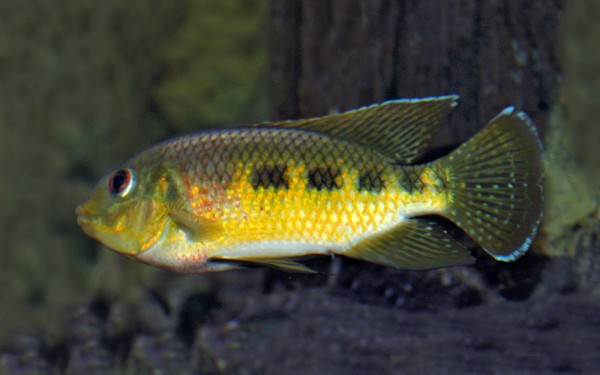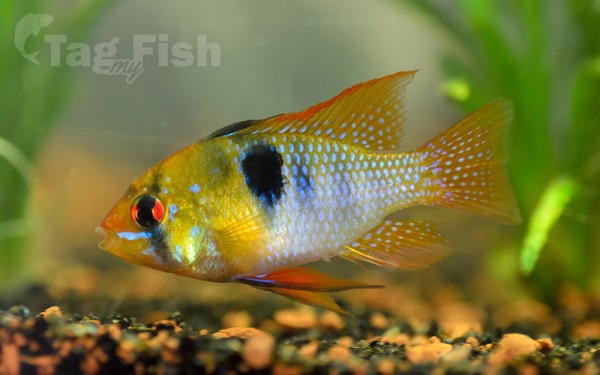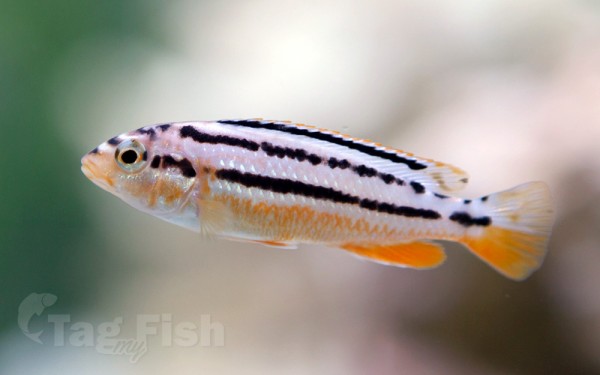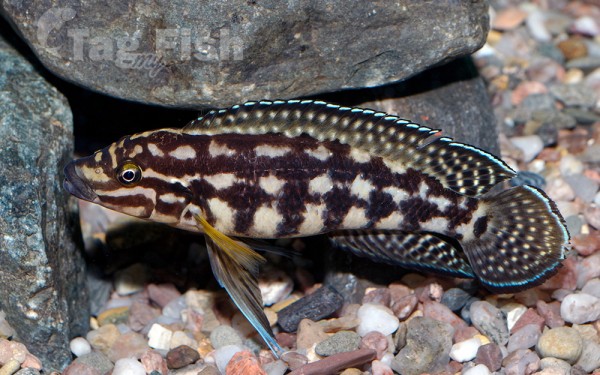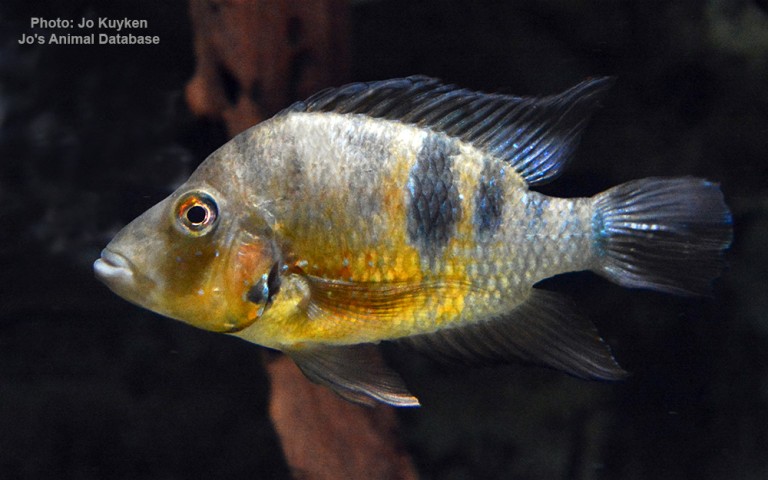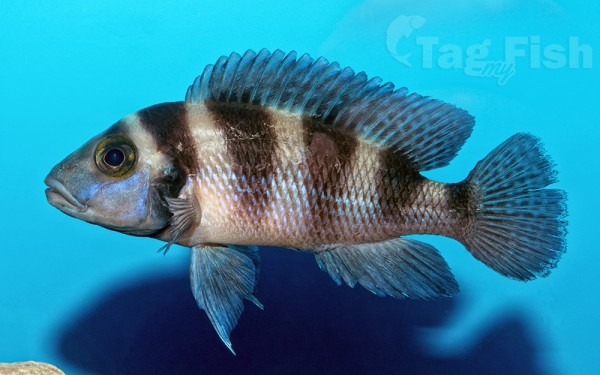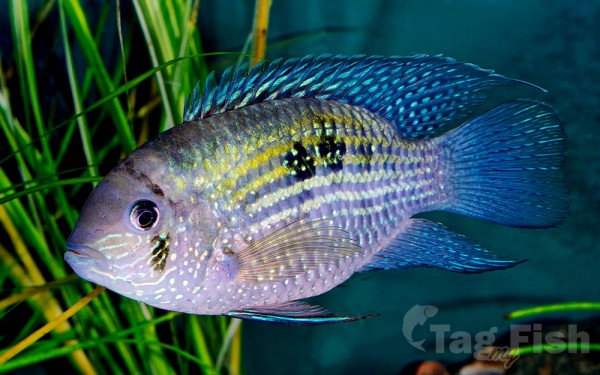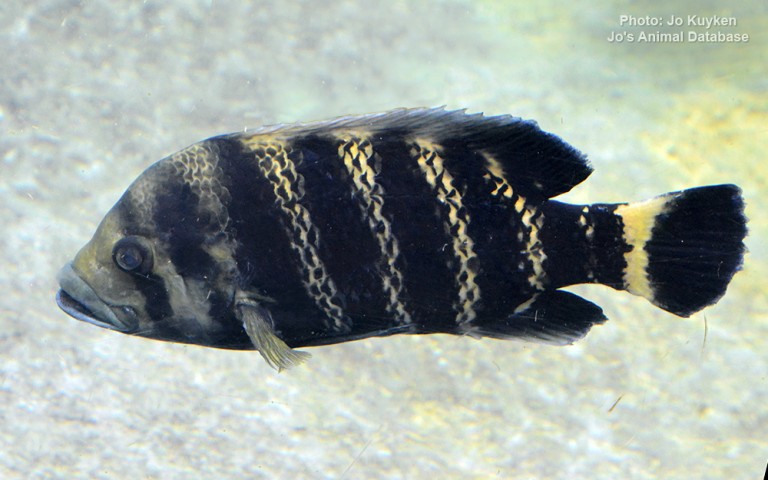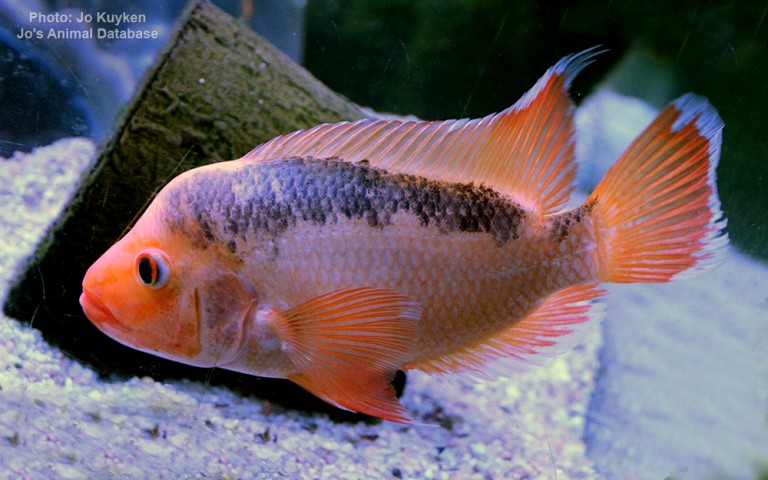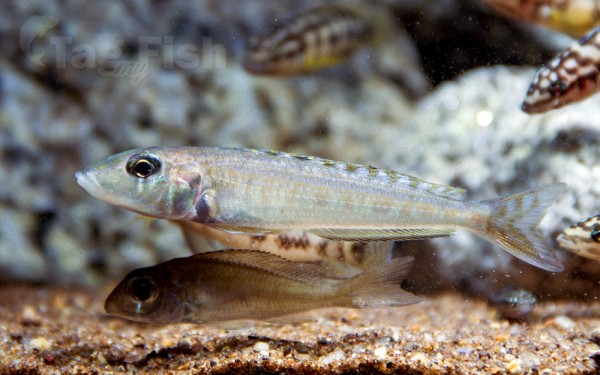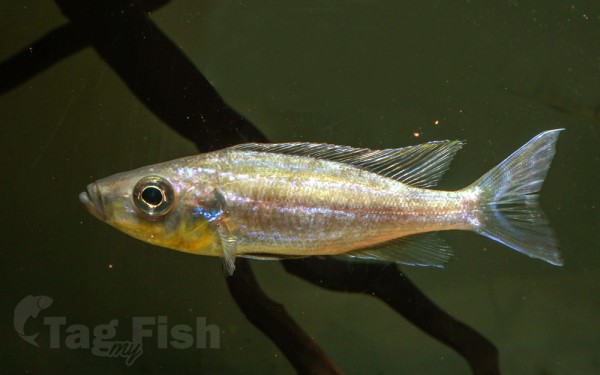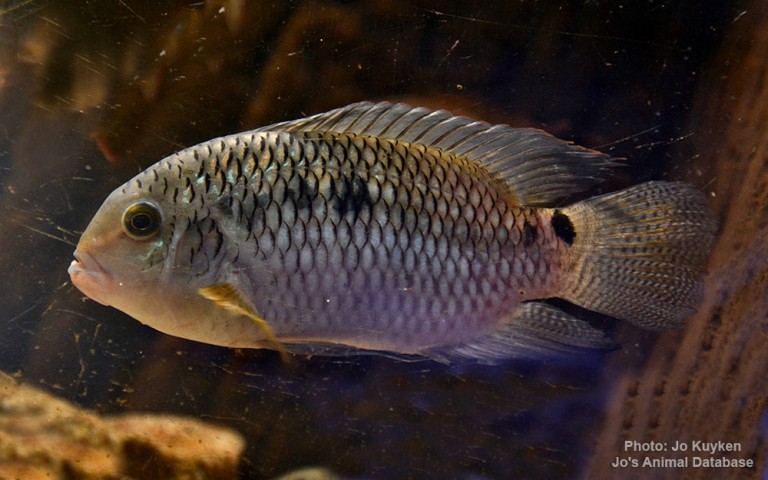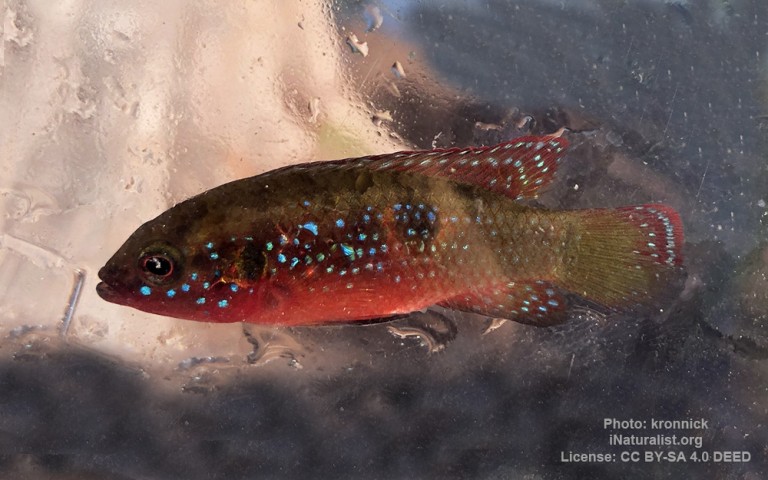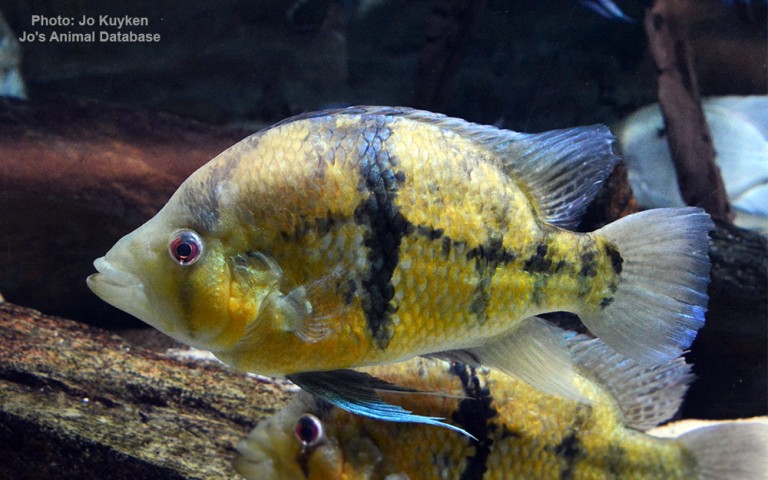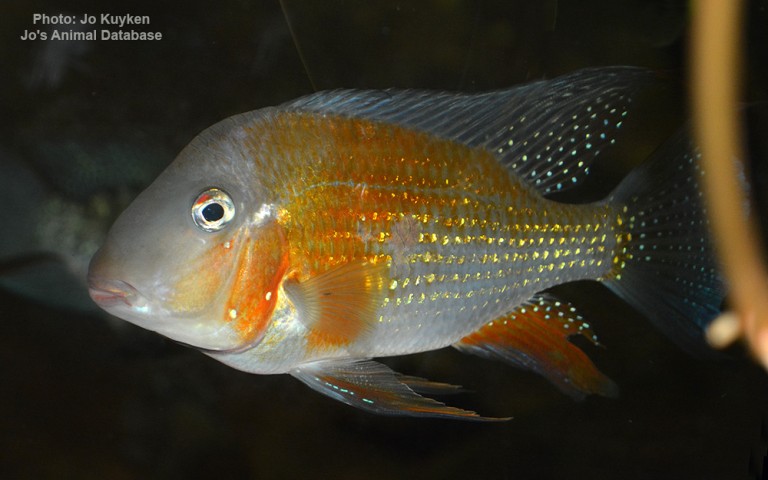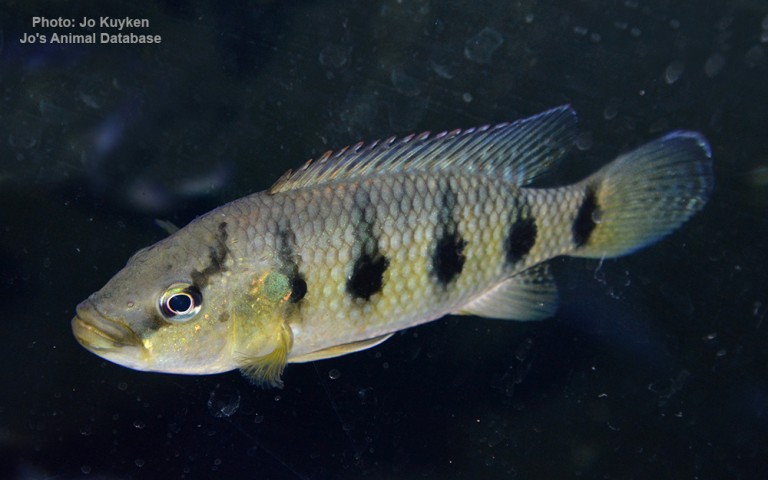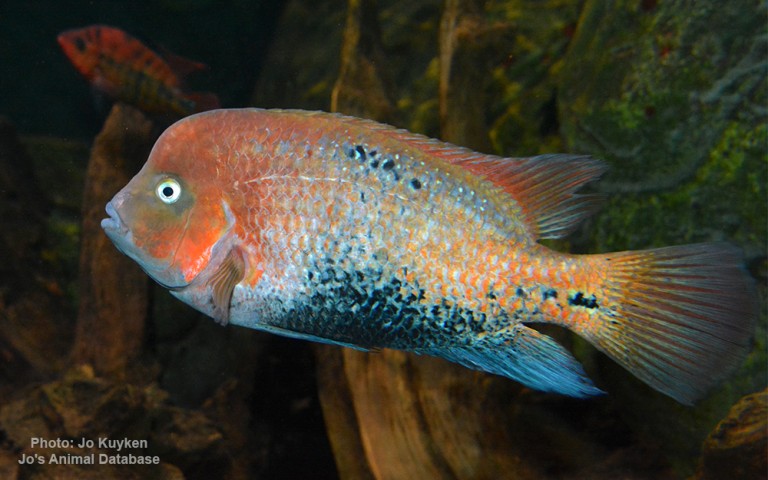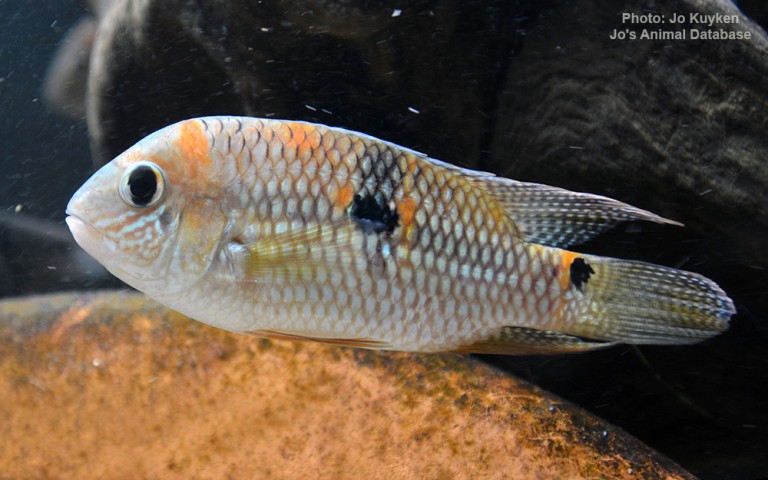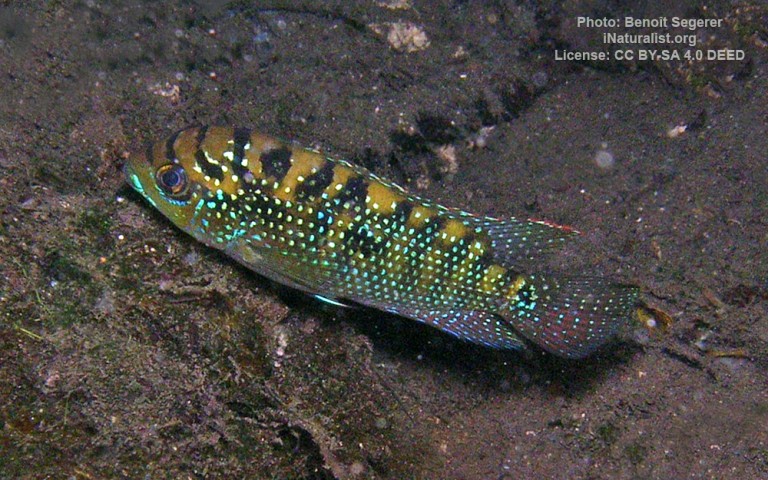Cichlidae - Cichlids
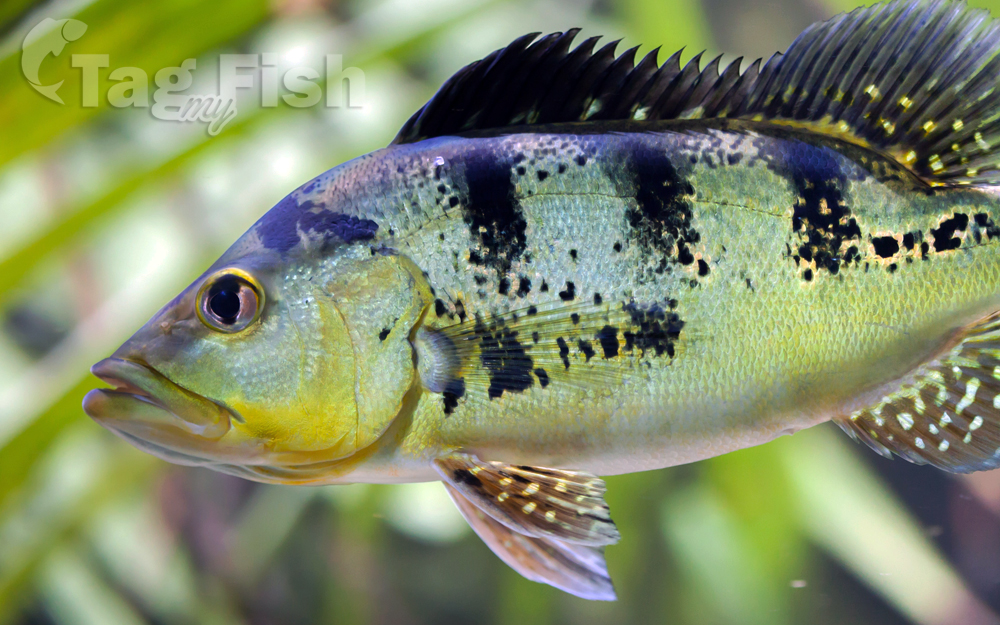
Classification
Description
Cichlids are fish from the family Cichlidae in the order Cichliformes.
Cichlids were traditionally classed in a suborder, the Labroidei, along with the wrasses (Labridae), in the order Perciformes, but molecular studies have contradicted this grouping. The closest living relative of cichlids is probably the convict blenny, and both families are classified in the 5th edition of Fishes of the World as the two families in the Cichliformes, part of the subseries Ovalentaria.
This family is both large and diverse. At least 1,650 species have been scientifically described, making it one of the largest vertebrate families. New species are discovered annually, and many species remain undescribed. The actual number of species is therefore unknown, with estimates varying between 2,000 and 3,000.
Many cichlids, particularly tilapia, are important food fishes, while others, such as the Cichla species, are valued game fish. The family also includes many popular freshwater aquarium fish kept by hobbyists, including the angelfish, oscars, and discus.
Cichlids have the largest number of endangered species among vertebrate families, most in the haplochromine group. Cichlids are particularly well known for having evolved rapidly into many closely related but morphologically diverse species within large lakes, particularly Lakes Tanganyika, Victoria, Malawi, and Edward.
Their diversity in the African Great Lakes is important for the study of speciation in evolution. Many cichlids introduced into waters outside of their natural range have become nuisances.
All cichlids practice some form of parental care for their eggs and fry, usually in the form of guarding the eggs and fry or mouthbrooding.
